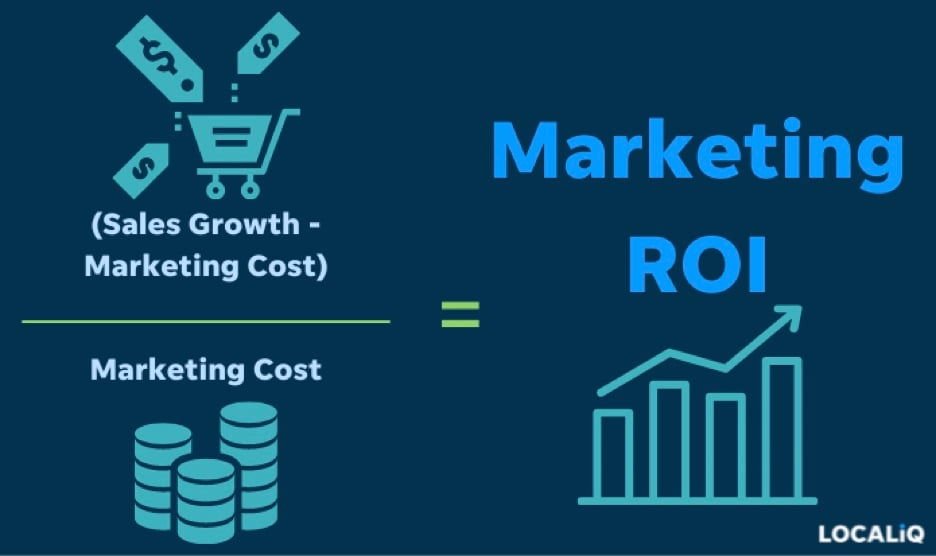
New technologies or business norms can influence the operations of existing industries. For example, internet-based “sharing services” are disrupting traditional cab services. Yet, many other changes exist in diverse areas such as finance, retail electricity, and cars.
Not all advancing technologies have the ability to alter business landscapes. But, certain ones have the potential to disrupt the existing standards. These technologies can reshape lifestyles and job dynamics and redefine value distribution. Hence, business and policy directors need to recognize helpful technologies. It will influence their domains and make essential preparations.
When is something considered a disruptive technology?
Ryan Steinolfson, Business Owner at Accelerate Marketing, states, “Disruptive technology is defined by its accessibility to a broad range of individuals. Yet, revolutionary innovations often lack this accessibility due to their high expense. Only when technology becomes cheap and progressive can it disrupt the demand. Plus, it can transform people’s thinking and behavior. These disruptive creations bring several benefits to competition and customers. It may include enhanced services and increased competition from existing providers. Yet, they also raise right concerns about public policy, such as security and privacy, leading to appeals for regulation. For example, a computer is an example of disruptive technology. Originally, it was costly for most consumers. With improvements, computers became cheaper, more efficient, and accessible for many individuals.”
Effect of Technology Disruption on Reshaping Business Strategies
Anila Lahiri, Chief Marketing Officer at ASearch, addressing technological disruptions stated, “The rapid growth of disruptive technologies is rendering conventional business strategies futile. In the past, businesses often ignored the significance of online presence, but the landscape has transformed. Nowadays, almost every firm acknowledges the need to have an online presence. The emergence of disruptive technologies has stimulated this paradigm evolution toward online advertising. These technologies have made it doable to develop websites and establish social media pages at a fraction of the prior expenses.”
Josh Snow, CEO of customer feedback, says,” Reaching the target market has become more convenient than ever before. B2B marketers need to grasp the importance of disruptive technologies. Plus, incorporate them into their core business strategies. With the global economy’s interconnection, technology helps stay competitive. Thus, this article explores how technology disruptions are reshaping business strategies. And help evolving industries and develop new growth opportunities.”
The Impact of Digital Transformation
Alex Contes, Co-Founder & SaaS Expert of ReviewGrower, suggests, “Digital transformation can be handy in the success of businesses across diverse industries. This strategic shift is powered by technological progress. These creations have brought a transformation in data collection and analysis methods. It allows companies to gain insights into buyer behavior and make informed decisions based on data. Embracing digital transformation enables organizations to optimize their operations. It also helps to enhance customer experiences and explore novel revenue streams.”
Hence, this shift towards digitalization has offered businesses an opportunity to enhance efficiency. Plus, it also reduces costs and delivers more personalized experiences to customers.
Integrated Marketing Communication Displaced Silos
Social media marketing and web advertising channels have also contributed to vital transformations. It has changed how we consume and share media through the web, mobile, and tablets.
Vicky Cano, Chef & Recipe developer at mealfan, says, “By discarding the traditional marketing funnel, integrated marketing communications (IMC) and multi-channel marketing have become a new standard. Many booming integrated campaigns owe their successes to the internet and its diverse channels. The internet operates as an influential platform. It permits marketers to connect with several potential consumers. Yet, some businesses may perceive web advertising as expensive. But, it can generate superior results when executed with planning.”
User experience is the future
Roy Castleman, Managing Director at EC MSP, said, “The app economy has shoved digital technology to its limits. B2B companies must focus on the customer experience in the competitive advertisement atmosphere. Create experiences that are as helpful to consumers’ time as their products are useful to consumers’ lives. There is an overwhelming amount of content through digital channels. So, seeking the target audience’s attention has become very challenging. There is an evident change in the business landscape toward value-driven advertising. It focuses not only on content quality but also on generating shareable content that resonates with consumers.”
Bob Smith, Founder at Starlink Zone, says, “Established businesses are directing their approach to campaigns. It prioritizes consumer needs as the focal point. With a rising number of advertisements online, businesses are becoming more particular. Now the company knows what they prefer to share with others. In the future, the emphasis will be on capturing engagement. It also generates campaigns that stimulate strong sentiments. These sentiments will lead individuals to share them with their friends. Businesses need to accomplish successful word-of-mouth marketing and digital campaigns.”
Marketing ROI

One of the biggest challenges facing today’s B2B marketers is figuring out how to measure success.
Joe Troyer, CEO & Head of Growth of DigitalTriggers, says, “Custom metrics like clicks and impressions usually need to improve in evaluating the potential of a campaign. It has prompted several firms to embrace disruptive technologies. It improves their marketing return on investment (ROI). By integrating data from different sources, these tools help businesses. It identifies the most fruitful content types and tracks the long-term influence of their marketing efforts. Moreover, it offers a deeper insight into their strategies’ effectiveness. Plus, it approves more informed decision-making.”
Royal Hernandez, Founder at starandlink suggests, “When it comes to analyzing marketing efficiency, there are two main methods. The first is to use conventional methods like click-throughs and conversions. But those numbers won’t accurately represent the campaign’s performance. To know the performance, you’ll have to analyze other aspects, like bounce rate, page views per visit, and time spent on the site. These insights will let you make informed decisions about future marketing approaches. And with disruptive technologies, you can gather all of this data automatically. For instance, you might gather thorough analytics on every visitor who lands on your website. You could then compare this data against prior trends to know how visitors interact with your site. It helps you determine which pages perform best and which need modification.”
Talent and Skill Set Transformation
Noah Clark, Founder at sparks, often addresses talent and skill transformations, stating, “With the invention of technology disruptions, many industries are encountering large modifications. It can lead to a demand for people with new skills and mastery. Organizations must actively seek professionals with expertise in evolving technologies. These technologies may include AI, machine learning, cybersecurity, and data analytics. To address this need, companies should execute upskilling and reskilling programs. It empowers its workers with the necessary skills and adapts the ever-evolving technological upgrades. Additionally, fostering a culture of constant learning within organizations is essential. It ensures they stay ahead in the face of prompt technological disruptions.”
Keeping up with Technologies to Stay Ahead in Business

Te Wu, CEO of PMO Advisory, says, “In the face of ever-evolving technologies, business leaders must update their organizational strategies. They should embrace a forward-thinking approach, leveraging technologies to improve internal performance. Disruptive technologies have the strength to reshape industries. It can offer new products and services and redistribute value among stakeholders. Organizations usually must innovate their business models to get a share of this value. Leaders must expect various scenarios and challenging ideas about competition and stake. Plus, explore peculiar approaches. Similarly, organizations must prioritize keeping their employees’ skills. Create a balance between the potential benefits of emerging technologies and their threats.”
Conclusion
Thomas Giarraputo Vice, President at Executive cleaning servicessaid, “Technology disruptions are reshaping business strategies widely, leading to digital transformation. Offering new possibilities for growth. Technology disruptions have changed existing business models and produced new opportunities. Startups companies have leveraged disruptive technologies to challenge existing rivals and gain a competitive edge.”
Organizations that adopt these disruptions can improve their agility. Plus, engage with customers more effectively. Thus, fostering innovation. Businesses can navigate the modifying landscape by leveraging emerging technologies and working with stakeholders. Plus, capitalize on the transformative strength of technology disruptions. Organizations must adapt and evolve with technology disruptions to stay competitive.
Interesting Related Article: “Disruptive Technology Benefits Consumers and Businesses“








